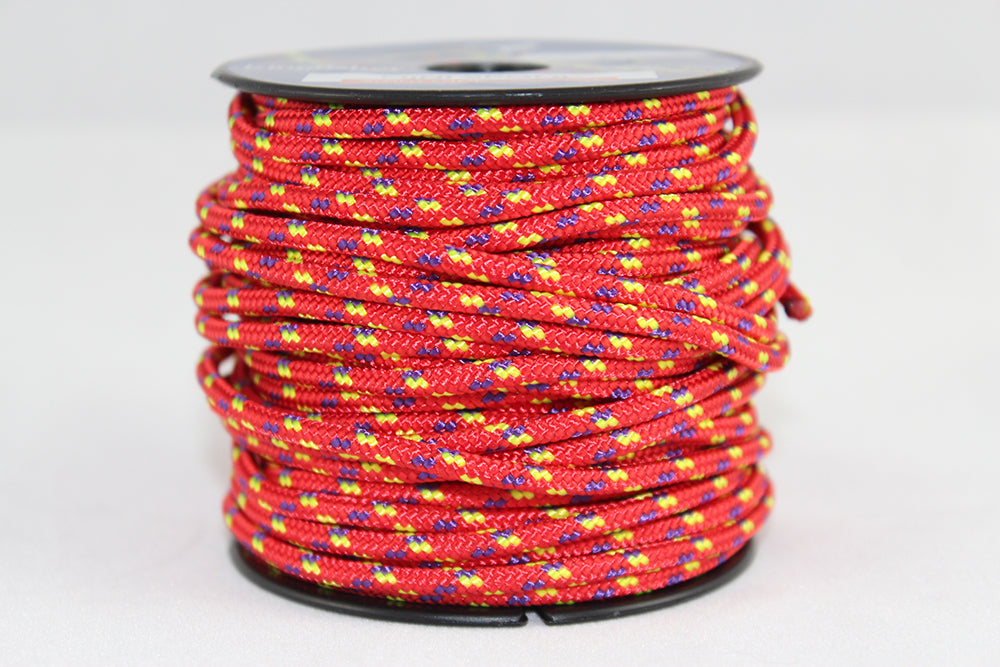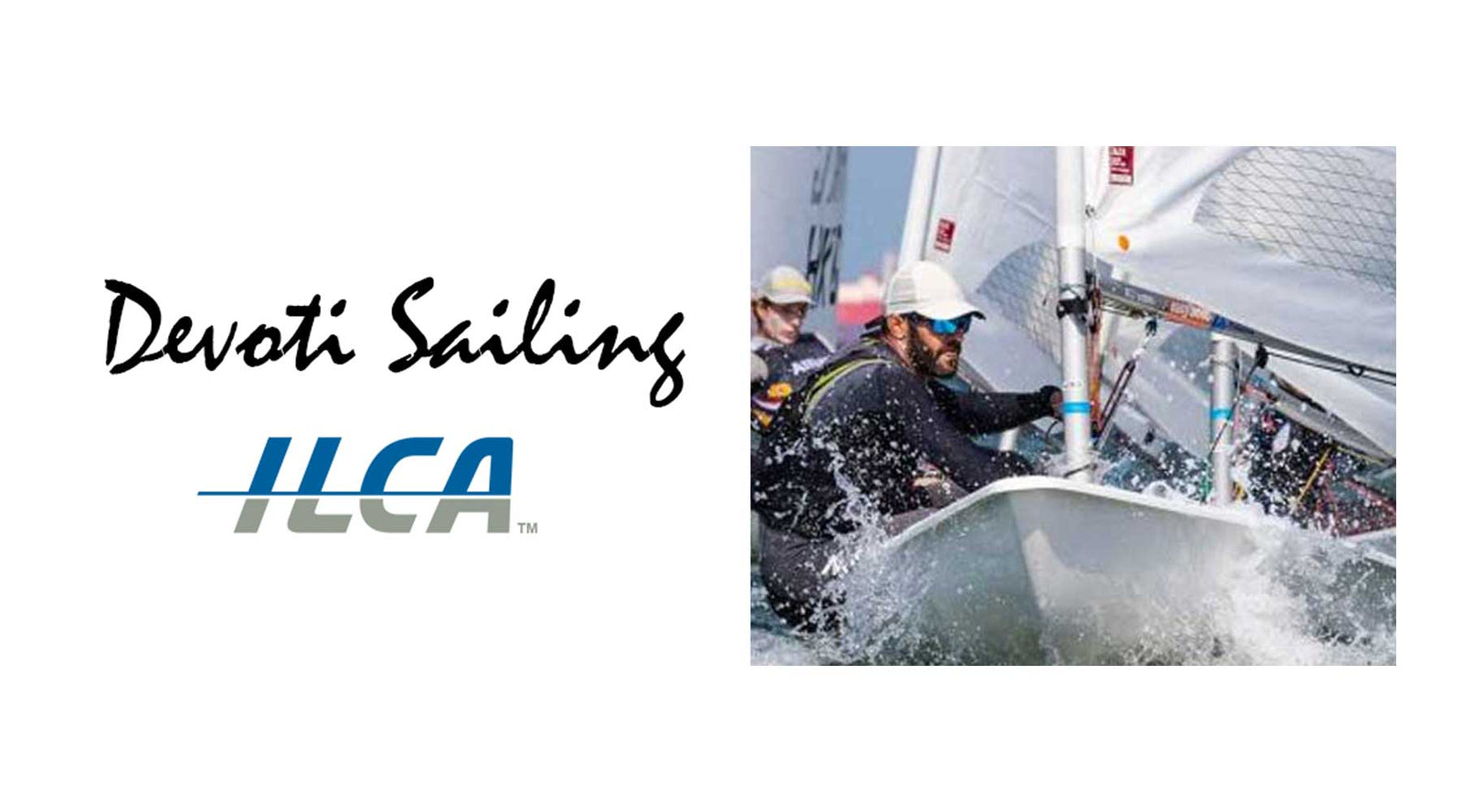Your Cart is Empty
⛵️ Fast Dispatch - Getting You Back on the Water ⛵️
- Clothing
- Ropes
- Chandlery
- Accessories
- Devoti
- Laser Products
- Ocean Play
- Sails & Covers
- Rope Lengths
- Parts By Boat
- Contact Us
- dd
- Login
- GBP
 Trusted For 12 Years
Trusted For 12 Years
 Over 46,000+ Orders Shipped
Over 46,000+ Orders Shipped
 90 Day Risk Free Returns
90 Day Risk Free Returns
 Over 4,000 5 Star Reviews
Over 4,000 5 Star Reviews
 Price Match Promise
Price Match Promise





